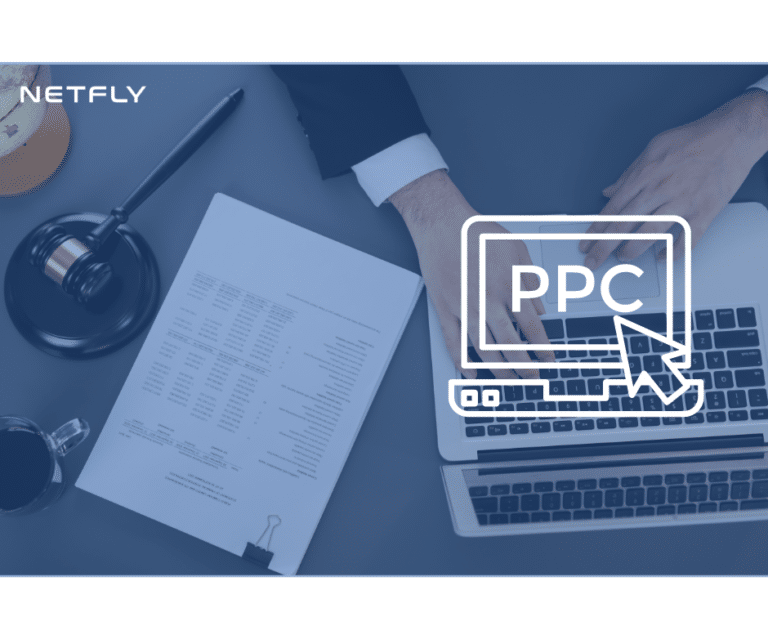To enhance your law firm’s online presence, start by optimizing your website with precise SEO strategies focused on keywords related to your legal specialties. Make sure the design of your website offers an excellent user experience with intuitive navigation and mobile responsiveness. Next, craft content that resonates deeply with potential clients, incorporating real-life case studies and authoritative advice that address their specific concerns. Include effective call-to-actions strategically placed to guide visitors towards engaging more deeply with your services. Utilizing advanced analytics will help fine-tune these elements by providing insights into user behavior and conversion metrics. With these strategies, you’ll turn your website into a client-attracting powerhouse, uncovering even more tips as you explore further.
Key Takeaways
- Top law firms embed SEO by integrating highly searched legal keywords to enhance visibility and attract relevant traffic.
- They design intuitive, mobile-responsive websites to ensure a seamless user experience across all devices.
- Compelling content that addresses common legal concerns and showcases real-life case studies is used to build trust and engage visitors.
- Strategic placement of clear, visually appealing call-to-actions guide visitors towards scheduling consultations or contacting the firm.
- Advanced analytics tools are utilized to track user engagement and conversion rates, helping to continuously refine and optimize the website’s performance.
Leveraging SEO for Higher Visibility
To effectively leverage SEO for higher visibility, you need to start with keyword optimization. Dive deep into keyword research specifically tailored to your field—law. Understanding what potential clients are searching for can dramatically boost your site’s relevance and, consequently, its ranking in search results.
Focus on integrating these keywords naturally into your website’s content, especially in strategic places like titles, headings, and throughout your articles. On-page optimization isn’t just about sprinkling keywords around; it’s about crafting content that seamlessly aligns with what your audience is seeking. This means your site must not only contain the keywords but also address the queries and concerns that bring visitors in the first place.
Designing for Optimal User Experience
Shifting focus to user experience design, you’ll find that streamlining navigation on your law firm’s website can significantly enhance visitor satisfaction and retention. A clear, intuitive menu not only guides potential clients through your services smoothly but also improves their overall interaction with your site. It’s essential that every page reflects a thoughtful layout where users can easily find the information they need without confusion or delay.
Another key component is mobile responsiveness. In today’s digital age, it’s likely that the majority of your site’s visits come from mobile devices. You’ve got to make sure that your website adapts seamlessly to various screen sizes and resolutions. This adaptability ensures that whether someone is browsing on a smartphone, tablet, or desktop, the experience remains consistent and functional.
Moreover, incorporating accessibility considerations is not just about compliance; it’s about inclusivity. Features like text-to-speech capabilities, high-contrast color schemes, and easy keyboard navigations ensure that your website is usable for people with disabilities. This approach not only broadens your potential client base but also demonstrates your firm’s commitment to diverse needs, reinforcing your reputation as a compassionate, client-focused practice.
Crafting Compelling Content Strategies
Crafting compelling content for your law firm’s website goes beyond mere words; it’s about creating narratives that resonate with potential clients. You’re not just informing; you’re engaging and persuading. Each piece of your content must serve a strategic purpose, whether it’s to educate, reassure, or motivate your audience. Through content optimization, you enhance visibility and relevance, ensuring that your messages reach the right people at the right time.
To truly engage clients, your content should reflect their needs and concerns, providing solutions in a language they understand. This isn’t just about legal jargon; it’s about making the complex feel accessible and relatable. Use real-life examples, case studies, and testimonials to build trust and credibility. These elements not only enhance client engagement but also aid in content optimization by incorporating keywords naturally and contextually, boosting your SEO efforts.
Implementing Effective Call-to-Actions
After establishing a foundation of trust through compelling content, it’s pivotal to guide potential clients towards action. Implementing effective call-to-actions (CTAs) on your law firm’s website is key to transforming user engagement into higher conversion rates. You’ve got to be strategic in how you design these CTAs to guarantee they resonate deeply with your visitors.
First, your CTAs should be visually striking and placed strategically across your site to catch the eye without overwhelming the content. Use colors that stand out but are in harmony with your overall design. Phrases like “Schedule Your Free Consultation Now” or “Download Our Legal Guide Today” directly encourage users to take an action, making it clear what their next step should be.
Remember, the placement of these CTAs can significantly impact their effectiveness. Position them where they naturally fit into the journey of the visitor, such as at the end of an informative blog post or beside key services. This ensures they are contextually relevant and more likely to be clicked.
Lastly, keep your language direct and the action simple. A complicated process can deter potential clients. By following these guidelines, you’ll see a rise in engagement and conversions, directly affecting your firm’s success.
Utilizing Advanced Analytics Tools
With your call-to-actions now optimized, measuring their impact using advanced analytics tools is vital. Leveraging these tools isn’t just about collecting data; it’s about translating insights into strategic advantages. You need to focus on conversion tracking and performance monitoring to truly understand how potential clients interact with your website.
Conversion tracking allows you to pinpoint exactly where clients are engaging most frequently and what actions they’re taking. Are they clicking through to contact forms, downloading your legal guides, or subscribing to your newsletter? By identifying these hotspots, you can further tailor your content and enhance the user journey to boost conversions even more effectively.
Performance monitoring, on the other hand, delves deeper into the analysis of your website’s operational aspects. It assesses page load times, responsiveness, and overall site stability, which are crucial for maintaining a professional image and ensuring that your site remains user-friendly. Slow or glitchy websites drive potential clients away, tarnishing your firm’s reputation.
Frequently Asked Questions
How Often Should a Law Firm’s Website Be Redesigned?
You should redesign your law firm’s website every 2-3 years, incorporating fresh design elements and adhering to a regular maintenance schedule to stay competitive and effectively engage your clients.
What Legal Disclaimers Should a Law Firm Website Include?
You should include clear legal disclaimers, privacy policies, and terms of use on your website. These establish compliance and protect both your firm and your clients, setting clear expectations right from the start.
How Does ADA Compliance Impact Law Firm Website Design?
ADA compliance is essential for your law firm’s website design. Meeting compliance standards enhances website accessibility and user experience, ensuring that 15% of the global population with disabilities can access your services.
Are Video Testimonials Effective on Law Firm Websites?
Yes, video testimonials are highly effective on law firm websites. They boost client engagement and aid in trust-building, making potential clients feel more secure in choosing your firm for their legal needs.
What Is the Best Hosting Service for Law Firm Websites?
For your law firm’s website, select a hosting service that excels in SEO optimization and mobile responsiveness. This guarantees quicker load times and improved search rankings, essential for attracting and converting potential clients.
Conclusion
So, you’ve mastered the dark arts of SEO, turned your website into a digital Shangri-La, and your content is now so compelling it practically sings opera. Don’t forget those snazzy call-to-actions that practically click themselves! But wait—there’s more! With advanced analytics, you’re basically psychic, predicting every client’s next move. Congratulations! Your law firm’s website is now a client-converting powerhouse. Just remember to keep it more ‘legal eagle’ and less ‘Big Brother.’










